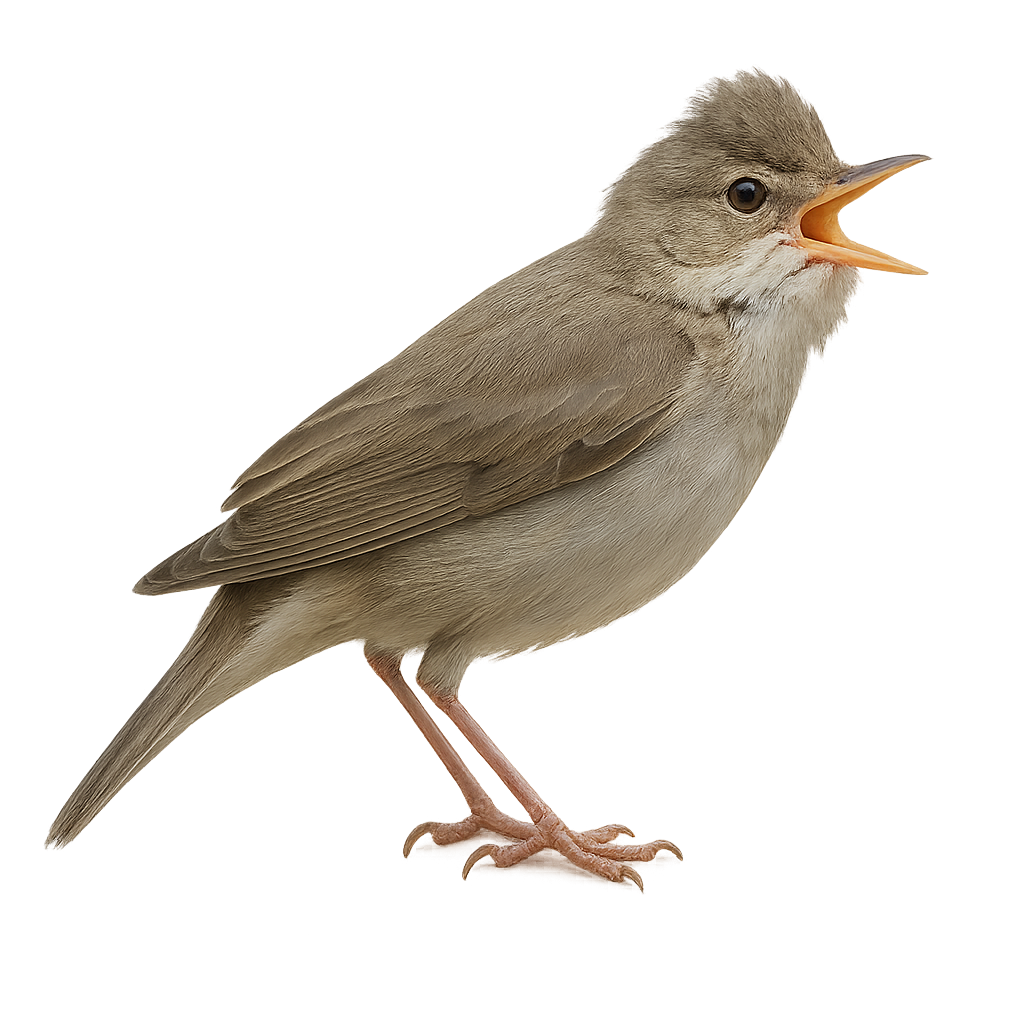Your wildlife photography guide.
Explore the eurasian reed warbler in detail, study its behavior, prepare your shots.
Where to observe and photograph the eurasian reed warbler in the wild
Learn where and when to spot the eurasian reed warbler in the wild, how to identify the species based on distinctive features, and what natural environments it inhabits. The WildlifePhotographer app offers tailored photography tips that reflect the eurasian reed warbler’s behavior, helping you capture better wildlife images. Explore the full species profile for key information including description, habitat, active periods, and approach techniques.
Eurasian reed warbler
Scientific name: Acrocephalus palustris

IUCN Status: Least Concern
Family: ACROCEPHALIDAE
Group: Birds
Sensitivity to human approach: Tolerant
Minimum approach distance: 10 m
Courtship display: May to June
Incubation: 11-13 jours
Hatchings: May to July
Habitat:
Reed beds and freshwater marshes
Activity period :
Primarily active during the day, with peak activity in the morning and late afternoon.
Identification and description:
The Eurasian reed warbler is a small migratory passerine, 11–13 cm long, with olive-brown plumage and a repetitive, hiss-like song. It inhabits reed beds and freshwater marshes, feeding on insects and larvae. During the breeding season, the male sings from an exposed perch and the pair builds a vase-shaped woven nest within dense reed vegetation.
Recommended lens:
300 mm – adjust based on distance, desired framing (portrait or habitat), and approach conditions.
Photography tips:
Photograph the Eurasian reed warbler early morning or late afternoon using a telephoto lens of ≥300 mm, positioning low in the reed bed to isolate the bird against the vegetation. Use a fast shutter speed and shallow depth of field to freeze motion and highlight plumage details.
The WildlifePhotographer App is coming soon!
Be the first to explore the best nature spots, track rutting seasons, log your observations, and observe more wildlife.
Already 1 449 wildlife lovers subscribed worldwide

